
Patient Centric

Acambis'smallpox vaccine will be among the first biodefense products to come to market under the three-month old US BioShield law.

How Kos Pharmaceuticals turned a 50-year-old drug for raising HDL cholesterol into a brand-new, burgeoning business.
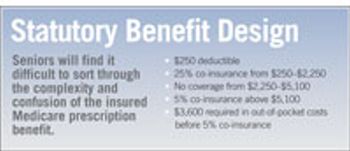
The marketing challenge for every business is to sell products against a backdrop of competitive forces, technological developments, and established industry rules. While change is a constant, the natural tendency within each of these zones is to operate in some kind of normalcy, and for the relationships among them to interact in equilibrium. There are times, of course, when profound change occurs. These might be called "tipping points," where the weight of something new overwhelms the established logic.
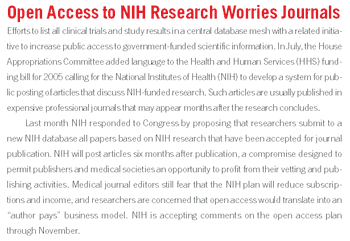
Waxman promised to put teeth in the proposal by levying fines on sponsors of clinical trials that fail to comply.
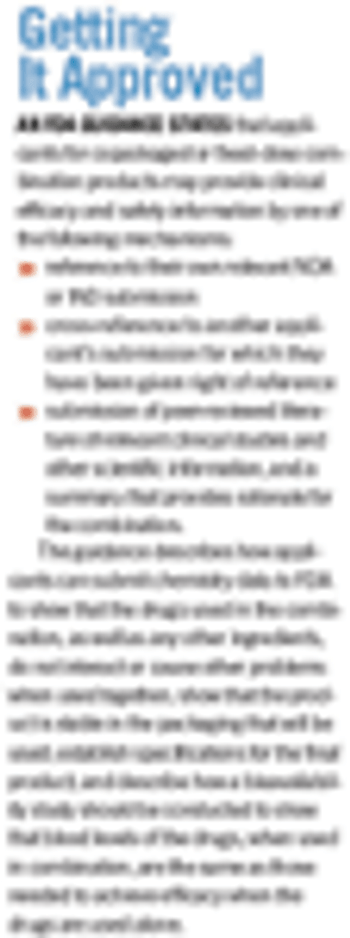
In an effort to diffuse the impact of generic competition, revitalize established brands, and enhance patient convenience for long-term drug therapy, pharma companies are offering an increasing number of combination drugs. These products can expand disease markets and increase patient compliance, while reducing consumer copayments, thereby benefiting pharma companies and patients.

In the real world, progress doesn’t result in fewer complaints. It leads to complaining about better things.

Brand managers assume that more information leads to more effectiveness. Unfortunately, the reverse is true.

The fakes likely entered the market through internet commerce, yet the government seems to be encouraging online pharmacies by discussing a shakeup of retail drugstores.


There's a reason the political parties have formally embraced the Hispanic market this election year: The number of US Hispanic adults (age 18 and older) is topping off at almost 25 million in 2004. And there's a reason the parties are using culturally relevant messaging and Spanish-language content: 40 percent of US Hispanics are foreign born.

The key is to convert raw data into actionable intelligence that can enhance operations and improve decision making.
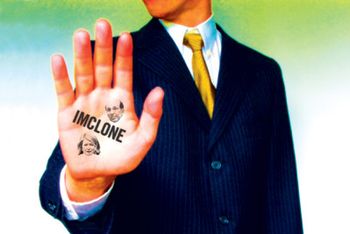
Unfortunately, companies sometimes violate the public trust by issuing false or misleading statements about FDA-related issues, such as the progress of FDA's pre-market review. When we identify suspected misstatements, we have a new process to bring them to the attention of the SEC staff as quickly and efficiently as possible." Then FDA Commissioner Mark McClellan issued that statement in a February press release.

Pharma marketing appears to operate in a world of its own. When US ad expenditures dipped in 2001, pharma's spend marched steadily on. (See "A Different Drum.") Now, as the ad industry celebrates the quadrennial coincidence of the Olympics and the US presidential campaign, is pharma taking notice? "Not really," says Anne Devereaux, chief integration officer at BBDO.

September Table of Contents
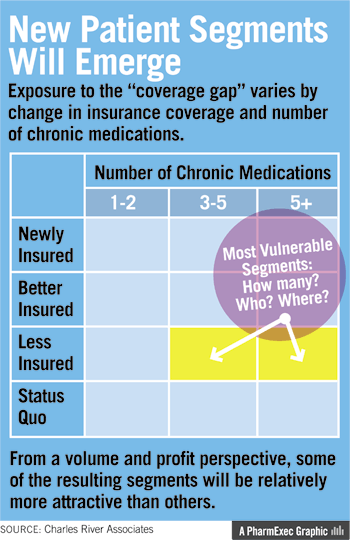
The dynamic that drove the profits out of infant formula is about to be repeated-this time in pharma.

Electronic product codes (EPCs) provide a nearly perfect solution for many of pharma's problems with counterfeiting, diversion, theft, and the like.
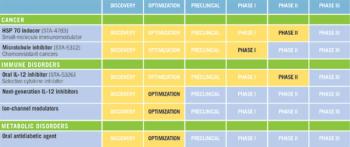
Synta is in a very unusual position: Two Big Pharmas have paved the way with proteins, while the small biotech follows with a pill.
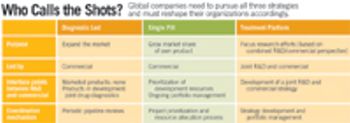
Single drugs for single indications are hard to find. Here's how to get around that.
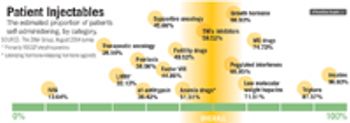
Future savings from specialty pharmacies will come at pharma companies' expense.

Pharm Exec asked a group of research experts what they think are the essential components in putting data to work. Here’s what they said.

Pediatric drugs require investments in formulation, but the market opportunity is worth the cost.

Backlash from a government VNR provides lessons for pharma PR.

We had a vision that this project deserved a company with a focus on HDL as the next frontier in the cardiovascular area.

Blockbusters may not grow on trees, but sometimes they hide in desk drawers. At least that's how it was for one of pharma's most enduring brands--one which, near the end of its patent life, boasts 16 indications, four formulations, and three (recent) billion-dollar years in a row.

Critics often claim that international marketing programs ignore fundamental differences that exist across countries and cultures.
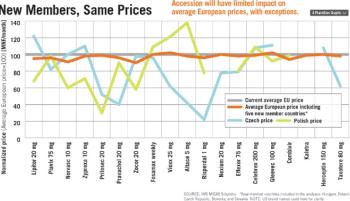
In 2003, Big Pharma produced only a dozen new drugs. At the same time, it came under new pressure to create value from those thin pipelines. In that "hot squeeze" of a climate, pharma companies needed price premiums for every product in every market. They were more successful in some countries than in others. Other pricing trends also took their toll.

Big pharma companies aggressively gather sensitive intelligence about their competitors, but few, strangely, make a systematic effort to protect their own.

July 2004 Table of Contents

June 2004 Table of Contents